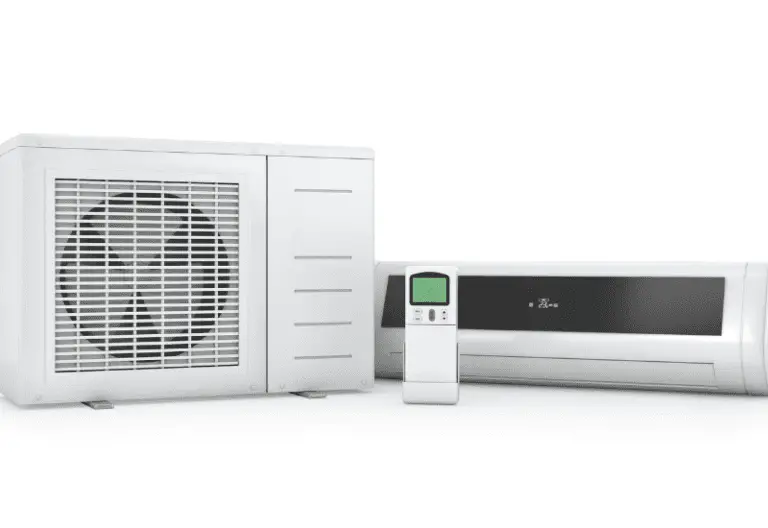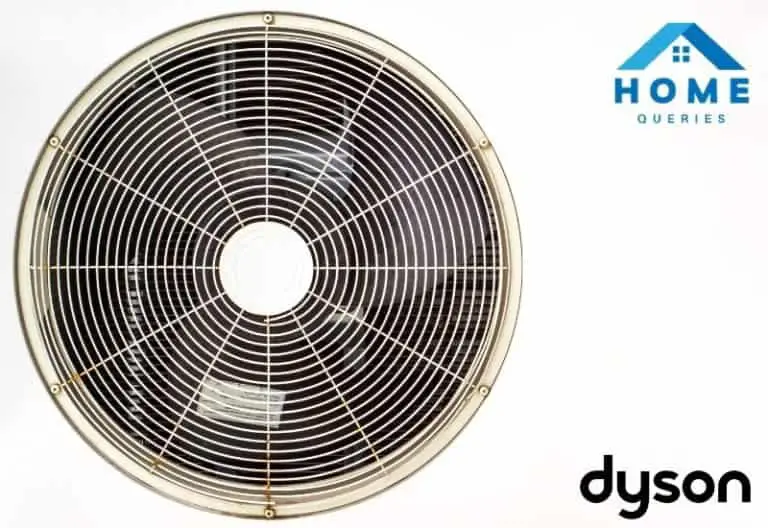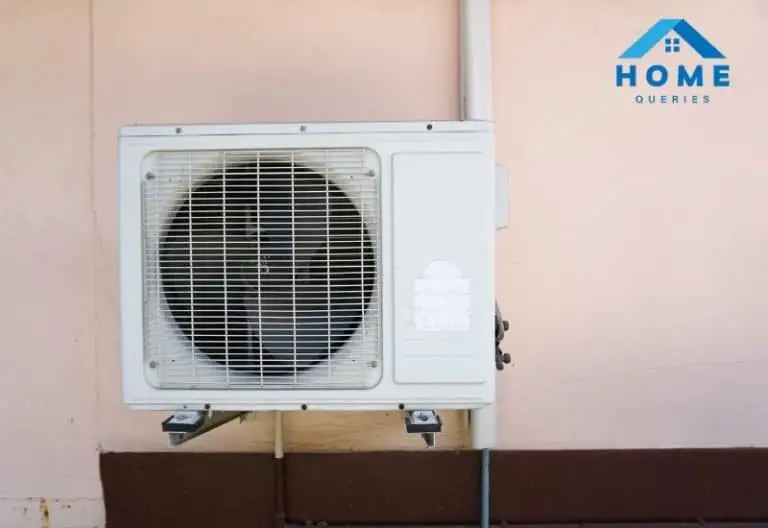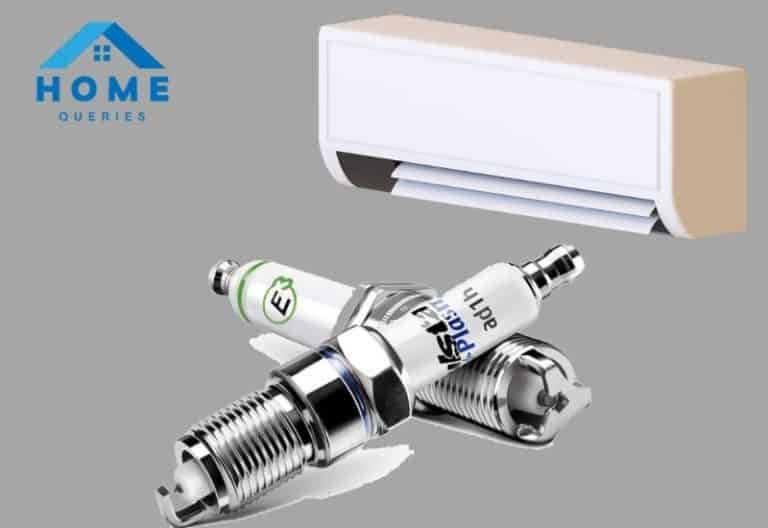Today, we will answer your concern about “Can an air conditioner have two thermostats?”
The air conditioner units have an AC thermostat. The AC unit can be turned on & off. HVAC is a thermostat. The temperature is controlled by it. A thermostat is a regulating device component that senses the temperature of a physical system and performs actions so that the system’s temperature is maintained near a desired set point. So it pretty much understands your concern regarding can an air conditioner has two thermostats?
Thermostats are used in any device or system that heats or cools to a set point temperature, such as building heating, central heating, air conditioners, HVAC systems, water heaters, and kitchen equipment, including ovens and refrigerators and medical, scientific incubators. Thermostatically controlled loads comprise roughly 50% of the overall electricity demand in the United States. Many individuals suffer from this confusion. Can an air conditioner have two thermostats? Let’s find out now.
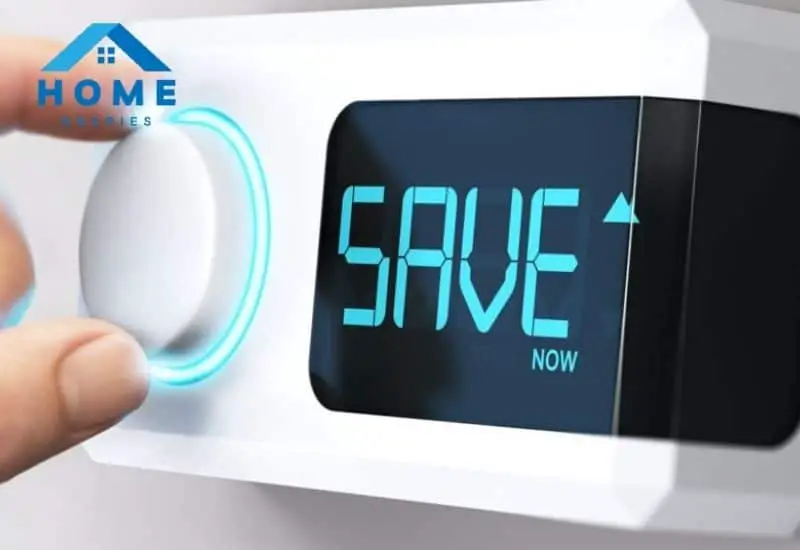
Can An Air Conditioner Have Two Thermostats?
It is possible to install a single central air-conditioning unit, with two or more thermostats to cool the house equally. You have to have at least one thermostat. You will likely have at least one thermostat per zone. This is the most precise and efficient way to save energy. The thermostat in each zone controls the temperature of the site.
The thermostat sensor is located near the evaporator cells. Those coils are inside the air conditioner unit. As the air is sucked through the return vents, the air passes by the sensor and the waves. As the air passes the sensor, it reads the temperature and compares that reading to the setting on your thermostat.
The need to have or place two or more thermostats mostly depends on the design of your house. For example, maintaining the same temperature in an old two-level home with only one central air conditioning system might be difficult. Using two methods has many advantages over a unit, but at the same time, it may not be the best choice because of the age and the design of your house.
It is possible to install a central air conditioning system with one or more thermostats according to the zone to cool the house equally. A zoned system with dampers within the ductwork that open and close to regulate the airflow and temperature in each area. A single zoned system in a big or two-leveled house is so beneficial.
If you have a prominent place and divide it according to zones, then the energy saving will be a great rescue to you in the matter of cost. A thermostat in each zone controls the temperature of that zone.
So, you can see that an air conditioner can have two thermostats. More according to your need and zone. But you have to have at least one thermostat built-in at your house.
Types Of Thermostats You Need To Know For Your Air Conditioner
There are four basic thermostats that you can install at your home. They are; Non-programmable, programmable, Wi-Fi, and intelligent. The further you get down to the list, the more expensive it will become. It will benefit you to choose according to your choice and budget.
However, energy efficiency increases with the list. If you’re looking for a thermostat that can provide you maximum energy efficiency with the best indoor comfort, drop down to the intelligent thermostat.
1. Non-programmable Thermostat
A non-programmable thermostat is ideal for those who rarely get away from home. It will help you to adjust the temperature to your preference simply manually.
A non-programmable thermostat is very basic. Any time you want to change the temperature in your home, you’ll need to adjust the setting on the thermostat. You cannot pre-program the thermostat to transform your home’s temperature while you’re away or sleeping. However, a quality non-programmable thermostat can achieve high energy efficiency by communicating with the heating system to maintain your temperature preference.
2. Programmable Thermostat
With a programmable thermostat, you will pre-program to adjust the temperature during the day or night. If you are away from your home, you can program it to keep your house at a moderate temperature on those days. By doing so, the furnace will not have to try hard to keep the house warm and reduce energy bills and repair costs.
A programmable thermostat will significantly benefit those who live in countries where a drastic change of temperature occurs. Particularly in Florida, the winter nights feel chilly and warm days. So you can program the thermostat according to the need without manually setting the thermostat day and night every day.
3. Wi-Fi Thermostat
You have probably guessed by the name that this thermostat needs Wi-Fi connections. A significant advantage is accessing and controlling it through your smartphone, computer, laptop, or tablet.
This allows you to keep your house at a moderate temperature while in a remote place. It also falls into a programmable thermostat, except it requires a wireless connection. This type of thermostat is ideal for those who want complete control of their house temperature setting while away from home.
4. Smart Thermostat
Smart thermostats are ideal for tech-savvy and tech-loving households that prefer optimal indoor comfort. An intelligent thermostat easily integrates with various automation tools and house equipment.
Over time, the thermostat learns about your living habits and adjusts the temperature accordingly. It can notice the pattern store information to achieve maximum cooling and heating efficiency. A smart thermostat comes with a higher price tag than the other thermostats. However, the money you save on cooling and heating expenses will easily cover your investments within one or two years. A smart thermostat can also alarm you when it is time for HVAC maintenance.
Read more: 10 Common Window Air Conditioner Thermostat Troubleshooting
The 5 Reasons to Replace Your Home Thermostat
Sometimes you need a new thermostat for your home’s HVAC system. Here is the list of 5 thermostat busting problems that require a thermostat replacement:
- Your Thermostat is damaged
- You replace the furnace or AC unit
- Your Present Thermostat and HVAC System are mismatched
- The Thermostat is in The Wrong Place
- The Thermostat is Old
7 Signs That Tells You To Replace Your Thermostat
- Your HVAC keeps turning on or off
- Faulty Thermostat readings
- Suspiciously high energy bills
- Constant temperature shifts
- Thermostat is too old
- The thermostat fails to respond to changed settings
- Your HVAC system short cycles
Shopping For A New Thermostat
One of the above things happen to you, and you should start searching for a new thermostat in the market also raises the question of how many options are there in the market. How to identify the right choice for you? Here are the expertized tips:
- Learning or Smart Thermostats
These thermostats are programmable but don’t need you to do the programming. These thermostats learn your preferences and create a schedule that aligns with those preferences as you use them.
- Remote Energy Management Thermostats
With a remote energy management thermostat, you can set, program, or monitor your HVAC system using your smartphone, tablet, or computer.
- Programmable Thermostats
Programmable thermostats automatically adjust the set temperatures throughout the day. In so doing, they make the most efficient use of HVAC.
- Digital Non-programmable Thermostats
These thermostats come with a digital readout (DRO). They’re ideal for people who like manually controlled settings but want the convenience of an LCD.
- Mechanical or Manual Thermostats
A mechanical thermostat allows you to control the temperature settings manually. They’re ideal for homeowners who prefer fixed temperatures and are often home.

Essential Features to Look For
As thermostats become increasingly advanced, newer models come with unique abilities. Some of the favorite features for most customers include:
- App Control
- Auto Changeover
- Automatic Temperature Changes
- Helpful Reminders
- Easy-to-Use Controls
These features determine the cost of new thermostats. The more features a thermostat has, the higher the price you may have to pay for it.
Know When To Replace Your Thermostat
Consider whether you need to replace your thermostat early enough as you prepare for the cold season. If you’ve noticed any of the signs we discussed in this article, chances are it’s time to start shopping for a new thermostat. Are you interested in reliable and cost-effective HVAC services? Please get in touch with us today.
3 Reasons You Should Not Replace Your Smart Thermostat
At Griffith Energy, understand the DIY impulse. After all, the internet can teach you how to build an entertainment center, seed your lawn, and install your hardwood flooring. However, when it comes to thermostats, we recommend a hands-off policy — at least until after installation. When you need a thermostat for your home or business in Florida, let us handle the hardware for these three reasons.
1. Dangerous Wiring
Thermostats have grown up over the last few years. They barely resemble their simple, two-button cousins of old, and they demand expertise in electrical wiring.
Aside from the obvious, apparent electrocution, you could also damage your thermostat during installation. Sending too much current through the unit, for instance, might render it inoperable. You’re better off hiring us to install it, so you don’t cause injury or damage.
2. Warranty Protection
Some intelligent thermostat manufacturers will void their warranty if an HVAC professional doesn’t install it. Manufacturers want to protect themselves from claims inspired by user negligence. Since you don’t have experience with smart or programmable thermostat installation, the manufacturer would instead hire an expert.
Warranties might not seem like a big deal, but they can come in handy. If your thermostat suddenly malfunctions, you don’t want to pay out of pocket. The manufacturer will pick up the tab as long as you’ve followed the rules.
3. Unit Performance
Thermostats function more reliably when the professionals install theme want you to get the best performance from your unit, including energy efficiency and reliable comfort. While the DIY approach might sound appealing, you don’t want to pay for it later with high heating and cooling bills.
Final Verdict
Instead of installing your smart thermostat, focus on your latest woodworking project or building a deck in your backyard. You won’t face as many hazards, and you’ll get our expertise on the project. Call professionals for intelligent thermostat installation and other heating services. So, can an air conditioner have two thermostats? You should have the minimum idea now.


